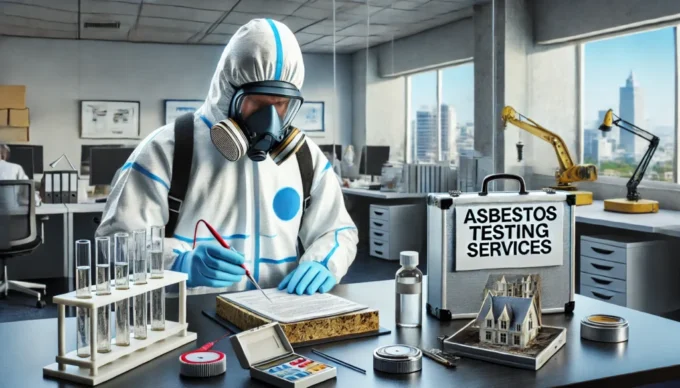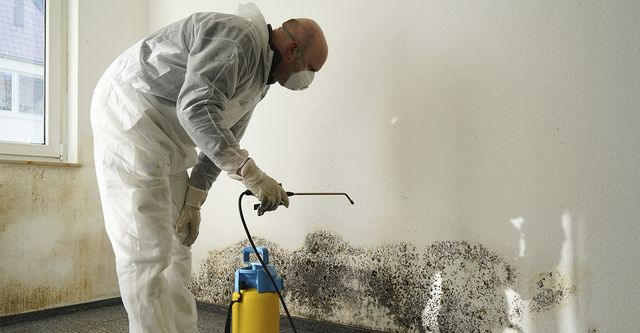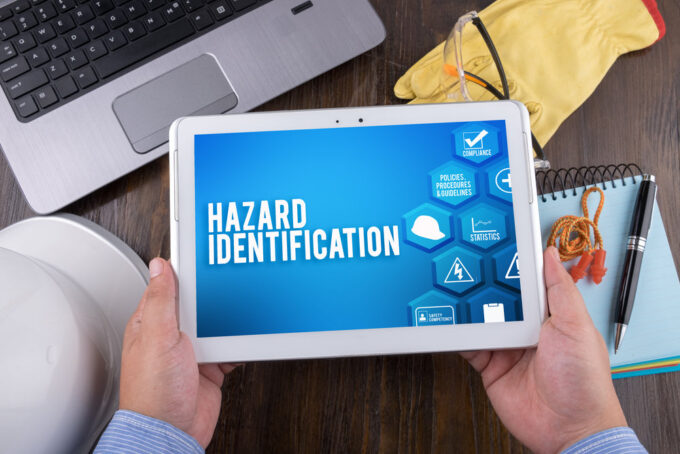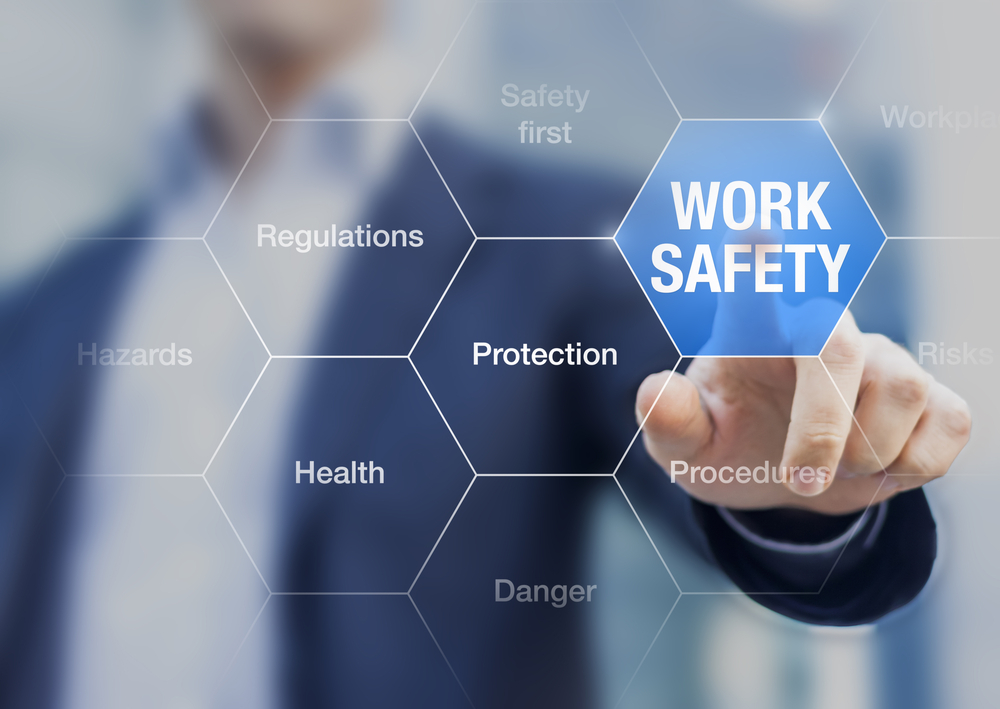Maintaining a safe environment where employees can thrive is not just a responsibility but a necessity for every organization. Hazards in any environment can lead to significant issues, including illnesses, decreased productivity, and legal repercussions.
Inspections help identify risks before they become serious problems, ensuring safety for everyone involved.
Key Points
- Regular inspections prevent avoidable hazards.
- Air quality plays a major role in safety.
- Mold and asbestos pose serious threats to health.
- Proper documentation helps maintain compliance.
- Employee awareness ensures ongoing vigilance.
Identifying Hidden Threats with Air Quality and Structural Material Inspections

Poor air quality often causes undetected issues, especially in environments that lack regular evaluations. Structural risks like asbestos, a known carcinogen, require specialized attention. Every organization must ensure professional asbestos testing to detect and address such hazards.
One such provider is Germ Masters Environmental. They deliver outstanding results for both residential and commercial clients. Their expert team improves indoor air quality through thorough and reliable inspections.
Regular Air Quality Assessments Protect Employees
The air people breathe affects their overall well-being. Pollutants such as dust, mold spores, and chemical residues often go unnoticed until they cause significant harm. Many organizations underestimate the impact of indoor air on productivity. Reports from the Environmental Protection Agency show that indoor air pollution is often higher than outdoor pollution.
Conduct air quality tests monthly in high-risk locations. Use devices capable of measuring fine particles and harmful gasses. Regularly assess HVAC systems to ensure proper ventilation. Place air purifiers in common areas and upgrade filters frequently.
Preventing Mold Growth in Humid Environments

Mold thrives in damp, poorly ventilated spaces. Its spores can spread rapidly, causing respiratory issues and allergies. Regular inspections prevent outbreaks that compromise the health of everyone in an organization.
Inspect damp-prone areas like basements and bathrooms. Identify leaks in pipes or roofs promptly. Ensure proper drainage and ventilation in high-risk zones. Employ professional mold testing services for thorough assessments.
Ergonomic Workstation Evaluations to Avoid Physical Strain
Uncomfortable seating and poorly designed desks often lead to musculoskeletal problems. Employees frequently report back pain, neck strain, or repetitive stress injuries due to inadequate setups.
Ergonomic inspections address such concerns effectively. Focus on adjustable seating options. Provide proper monitor stands. Offer guidance on posture and workspace adjustments.
Electrical Safety: Mitigating Fire Risks and Equipment Failures
Faulty wiring and overloaded circuits create immediate danger. Inspections ensure the safe operation of all devices and prevent devastating fires or equipment malfunctions.
Steps to Ensure Electrical Safety:
- Check wiring integrity annually.
- Avoid overloading circuits.
- Replace damaged cords immediately.
- Install surge protectors for sensitive equipment.
- Test fire alarms and sprinkler systems monthly.
Compliance Audits to Meet Legal Standards
Failure to comply with local regulations leads to penalties, reputational harm, or operational shutdowns. Periodic audits ensure adherence to required standards.
Maintain records of all inspections. Follow guidelines provided by OSHA and other relevant authorities. Update policies regularly to align with evolving laws. Engage professionals to handle complex audits.
Employee Training Enhances Awareness

Employees play a critical role in maintaining safety. They often notice issues that supervisors or inspectors may overlook.
Provide training on identifying hazards. Use practical examples to explain reporting procedures. Foster a culture where everyone feels responsible for safety.
Addressing Water Quality to Prevent Health Risks
Contaminated water sources can introduce bacteria, heavy metals, and other toxins into the workplace, affecting employee safety. Regular water testing ensures compliance with standards and protects against diseases caused by polluted water.
Check for signs of contamination, such as discoloration or unusual odors. Use certified labs for water analysis. Install filtration systems for drinking water sources. Ensure plumbing systems are free from corrosion and leaks.
Managing Noise Levels to Protect Hearing
Excessive noise impacts concentration, reduces productivity, and causes long-term hearing damage. High-decibel environments demand regular monitoring to minimize risks.
Conduct noise level assessments using decibel meters. Equip employees with protective gear in noisy areas. Implement soundproofing solutions in machinery-heavy zones. Adjust work schedules to limit prolonged noise exposure.
Hazardous Material Storage and Handling Inspections
Chemicals, flammable materials, and other hazardous substances require proper storage and handling to prevent accidents. Routine inspections ensure compliance and reduce exposure risks.
Train employees on safe handling practices. Label containers clearly to avoid confusion. Use ventilated storage areas for toxic chemicals. Conduct regular inventory checks to identify expired or unsafe materials.
Evaluating Lighting Conditions for Optimal Safety and Productivity

Poor lighting contributes to eye strain, fatigue, and accidents. Ensuring proper illumination in all areas boosts focus and minimizes risks.
Inspect workspaces for adequate light levels. Use natural light wherever possible to enhance mood and productivity. Install LED lighting for energy efficiency and consistent brightness. Address flickering or dim lights promptly to maintain a safe environment.
FAQ
- How often should air quality assessments occur?
Monthly in high-risk locations, but every six months in lower-risk areas.
- Can employees handle minor mold issues themselves?
No. Professionals should always address mold to ensure complete removal.
- What steps help prevent repetitive stress injuries?
Adjust seating, provide ergonomic tools, and offer regular posture guidance.
- Are electrical inspections necessary for modern buildings?
Yes. Even new buildings require regular checks to avoid unforeseen issues.
- Who is responsible for ensuring compliance audits?
Management holds responsibility, often delegating audits to qualified professionals.
Conclusion
Routine inspections create a healthier, safer environment for everyone. Prioritize air quality, structural material safety, and ergonomic setups to minimize risks.
Electrical checks and legal compliance ensure smooth operations. Engage employees as active participants in maintaining their surroundings. Proactive efforts save lives, prevent illnesses, and uphold workplace standards effectively.
With consistent vigilance and expert guidance, organizations can create spaces where productivity thrives and health hazards are kept at bay. Investing in these measures not only protects people but also strengthens the foundation of a successful organization.







